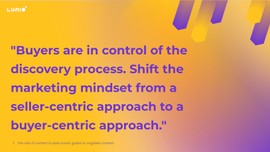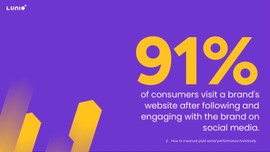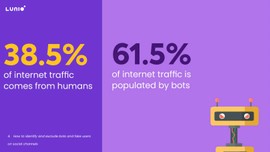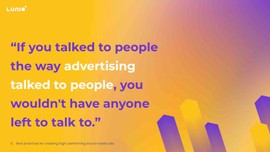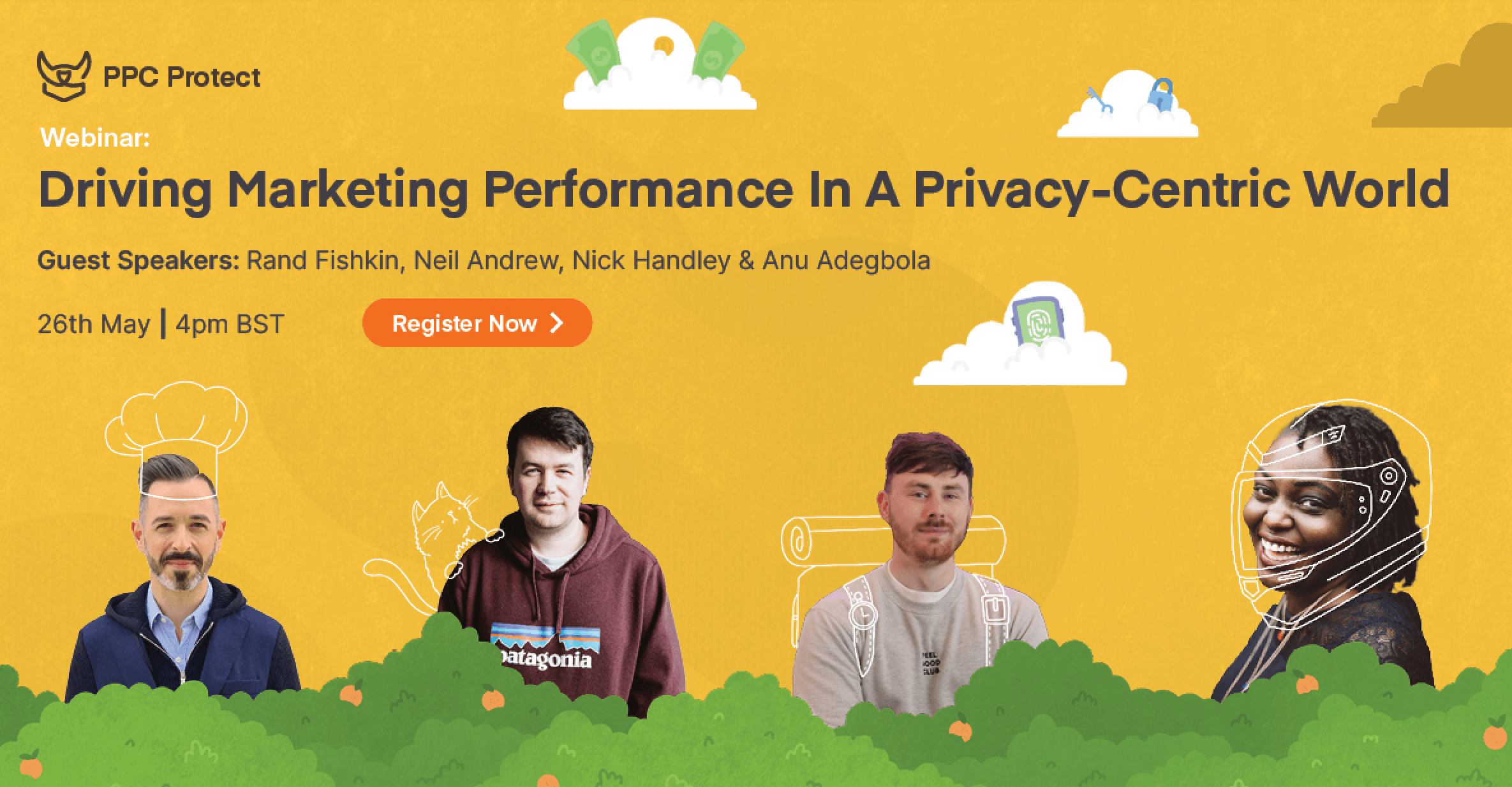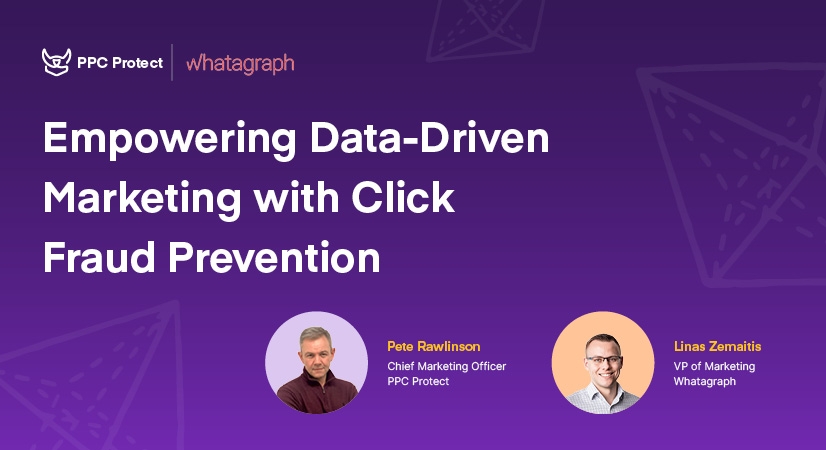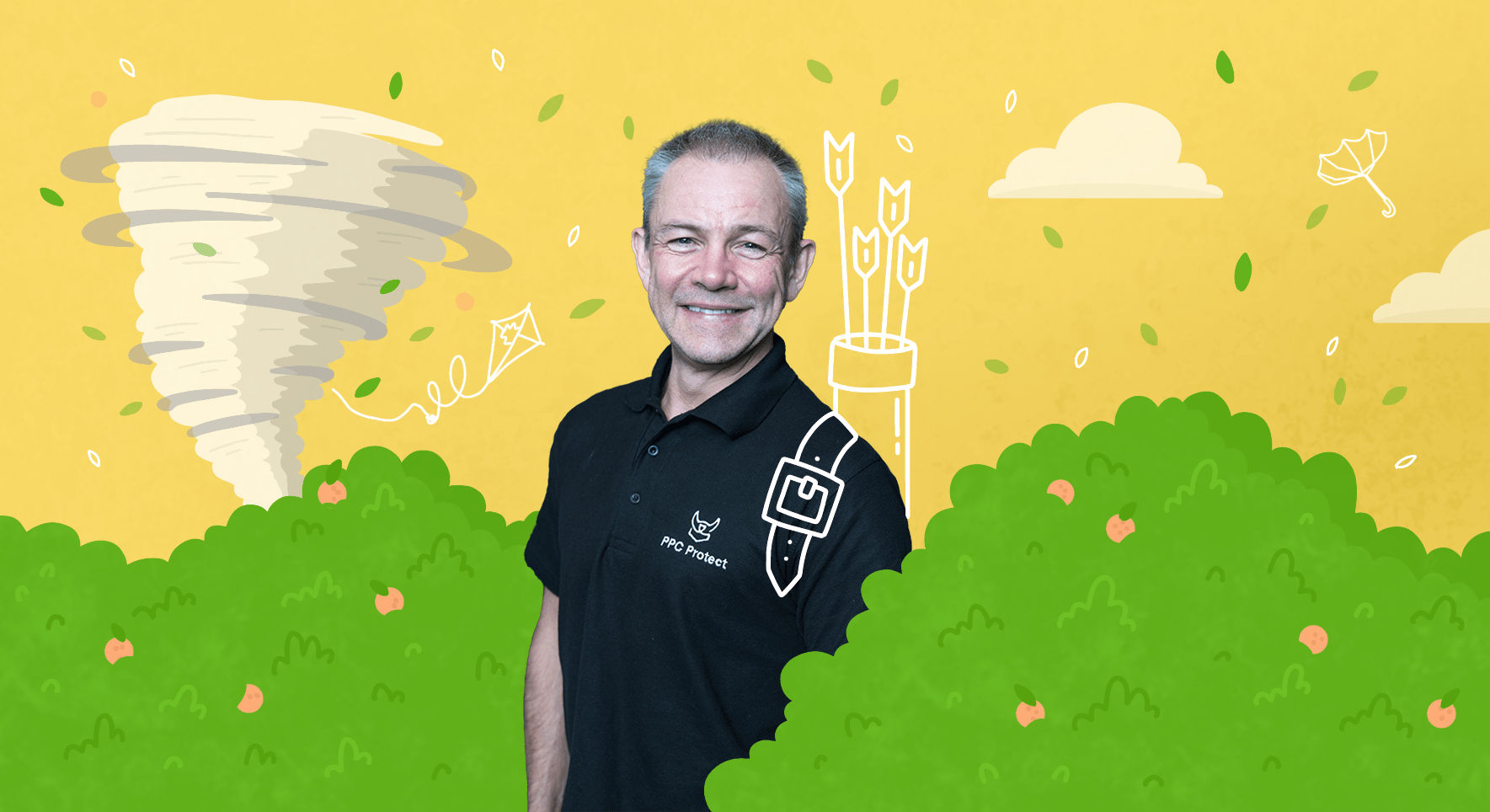Customer acquisition remains the top priority for most marketers in 2022. But are your paid social channels performing as well as they could be?
In our latest fireside chat, we spoke to Alex Jackson, Paid Social Lead at Hallam, about how to boost authentic ad engagement and reduce your cost-per-acquisition for genuine leads. Alex was joined by Leonardo Pizzaro, Head of Demand Generation at Lunio, and the conversation was hosted by our Partnerships Lead, Amar Channa.
With a keen eye for data analysis, Alex works closely with the technical teams at Hallam to deliver consistent results for clients. He’s also a strong advocate for adopting an omnichannel approach and building a more complete picture of how social activity factors into the bottom line.
Listen to the conversation or read the summary below to learn how to create better social ads and generate more leads that are likely to convert.
Webinar Timestamps
- 00:00: Intro & agenda
- 01:50: The role of content in paid social: gated vs ungated
- 08:15: Measuring paid social performance holistically
- 13:05: How to improve audience targeting and exclude bots on socials
- 22:03: Best practices for high-performing social ads
TL;DR – Key Takeaways
- Only gate content when you’re providing something people genuinely can’t access elsewhere. The incentive needs to be strong enough that people are willing to exchange their contact details for it.
- “Zero-click content” (i.e. that which can be consumed entirely within the post itself with no need to click-through to your website or landing page) tends to get the best reach and engagement through paid social.
- Just because you can’t directly attribute results from paid social like you would with paid search doesn’t mean it’s not working. Social media’s “halo effect” definitely influences the buying cycle.
- 10 – 20% of ad spend is typically wasted on bots and fake users on social platforms. By eliminating invalid activity from your campaigns, the money saved can be reinvested to reduce your cost per lead and drive greater overall volume.
- To improve your conversion rate and get the most from your budget, look closely at your exclusion targeting criteria. You should specifically exclude any audience unlikely to convert such as current customers or irrelevant job titles.
- Your creative should always be focused on the customer, not your business. Successful ads are those which create an emotional connection. Resolve your customer’s needs, provide helpful advice, or give them something they didn’t know they needed.
- Always be methodical when A/B testing. Understand why you’re doing the test in the first place, plan ahead, only change one variable at a time, and be ready to roll out any conversion-increasing tweaks across your other ad campaigns.
Gated vs Ungated Content In Paid Social
To gate or ungate? It’s an age-old debate in marketing circles.
On the one hand, gating the content you’re paying to promote is a great way to generate leads and establish intent. On the other hand, ungating is far more effective at fostering trust and building brand awareness. So what’s the right balance? Firstly, Alex was quick to point out the dangers of overzealous content-gating:
“Before you achieve a sale, you typically need around 8 – 10 content touchpoints. And if every one of those interactions is gated, customers will probably become increasingly frustrated by having to provide the same contact details over and over again.”
Therefore Alex recommends only gating content when you’re offering something people genuinely can’t access elsewhere. People aren’t going to hand over their contact details to read your latest opinion piece. If you’re going to gate content, you need to create something more useful and exclusive.
“Whether it’s a calendar plan, PDF Guide, or original research report, you need to provide enough value that people will be willing to part with their contact information for it.”
When it comes to ungated content, Alex explained why a “zero-click” strategy often performs best. Zero-click social content can be consumed entirely within the post itself, there’s no need for the user to click-through to your website or landing page.
“Every social platform now rewards brands algorithmically if they’re able to keep a user on the platform. If they have to leave to view the content, you’re not as viable to LinkedIn, Meta, or Google and your reach will be limited.”
Leo went on outline a few ways brands try to avoid being penalized in this way on LinkedIn specifically:
“Rather than including a link to another site in the post itself, many brands are now dropping the link in the comment section to boost their reach. Another approach is to post easy-to-digest infographics and slide decks that don’t require users to navigate away from the platform.”
Measuring Paid Social Holistically
Results from paid social, especially upper funnel activity, will always be difficult to measure. And as Alex explains, brands often approach it with the wrong mindset.
“The mentality of no click, no lead, no sale is the wrong way to look at social campaigns. Instead you should consider whether the activity you’re doing as a whole is contributing to the overall volume of leads you’re seeing.”
You may not be able to directly attribute social activity the way you do with paid search. But it has a real impact. And it’s important not to lose sight of that – a point Alex highlighted with reference to example cases he’s come across in the past.
“I’ve known brands who switched paid social off completely because they thought it wasn’t performing. And then they saw their overall revenue plummet. Since they weren’t seeing direct revenue neatly attributed to social at the bottom of the funnel, they didn’t think anything would change.”
Alex also mentioned social media’s halo effect i.e. the impression people get of your brand based on the kinds of posts you publish and the quality of the graphics, video, and content.
Social media users will usually make some assumptions and correlate traits to your business the first time they come across you on socials. If that first impression is positive, they’re more likely to buy from you later down the line. But this effect is completely unattributable, a point which Leo expanded on:
“Word of mouth, social shares, and other impressions targeted to the right audience definitely have an influence in the buying cycle. People may first discover your brand on social media, but then click on a paid ad after a Google search when they’re ready to purchase. Your CRM then tells you to attribute 100% of that revenue to Google Ads, when that simply isn’t the case.”
How to Improve Audience Targeting
Social media bots, fake users, and inaccurate automated audience targeting have caused a corresponding spike in bad paid social data for most businesses.
Inflated impression numbers, invlaid clicks, form spam, and fake leads are now so commonplace that many marketers simply see it all as “the cost of doing business”.
“I’ve seen conversations on LinkedIn and Reddit where people claim as long as they’re getting a decent ROI, they don’t worry about the amount of ad spend they’re wasting,” said Leo.
Based on the data we’ve collected at Lunio, we commonly see around 10 – 20% of ad spend is wasted on bots and fake users on social platforms. Which is something you should always take into account if your campaigns are failing to meet your conversion targets.
“If you’re wasting your media budget without knowing it, you’re missing out on a large amount of reinvested media spend. That could be used to improve your cost per lead and drive greater overall volume. But until you check and assess, you simply don’t know.” said Alex.
So how can you make better use of your budget? Leo said the best place to start is often by looking more closely at your exclusion targeting criteria.
“To try and reach your conversion goals under the price cap you specify at the outset, social platforms typically use historic data from users who have engaged with your ads in the past, in an effort to find other ‘lookalike’ users to display your ads to. You have little control over that part of the targeting process.
“But you can specify that you’d like to exclude certain audiences, for example current customers, job seekers, or irrelevant job titles. So I find myself excluding non-stop, especially on platforms like LinkedIn, to try and improve the accuracy of my targeting.”
Exclusion targeting can also help you eliminate invlaid clicks and impressions on your ads. For example, you can use Lunio to exclude fake users in exactly the same way you’d retarget real ones. The details of any invalid traffic hitting your website are logged, and can be pinged back to the various ad networks you’re using to exclude them from your paid social audiences.
Best Practices For High-Performing Social Ads
Running effective social ads starts with choosing the right platform based on the audience you’re trying to reach, whether that’s LinkedIn or Tik Tok. Next, always tie your campaign to bigger-picture business goals – like a product launch, time-sensitive promotion, or virtual event. You should never run paid social ads “just because”.
Once you’ve established the right platform and campaign goals, it all comes down to what you’re actually presenting to users in the ad itself. As Alex explains:
“Successful ads are always based around the customer, not your business. Customers have no idea about your targeting, budget, or goals. All they see is the ad placed in front of them. So you need to use that opportunity to create an emotional connection – whether that’s through helpful educational content, resolving their needs, or giving them something they didn’t know they needed.”
That connection then needs to be strengthened in different ways throughout the 8 – 10 content touch points. Ultimately, that’s what drives conversions through paid social.
“What matters is whether people are able to tell a story to their friends and colleagues about your product or service. And that all starts with the first ad they see. If you’re repurposing the same ads every quarter without trying to tell new stories, you’re going to struggle” said Alex.
Lastly, in order to establish what works and what doesn’t, you need to A/B test your ads. But it’s important to run tests in the right way. Far too often they’re done haphazardly, leading to muddied results and poor decision making.
“When A/B testing, you should pretend you’re back in high school science. Approach it like an experiment. You need to have a hypothesis to start with. And you need to be methodical by only changing one variable at a time. Figure out what you think might make your ad more successful, and tweak that while keeping everything else the same.
“For example, you might want to see whether a product focused image performs better than a people-focused image. If so, keep the copy exactly the same across both ad variants as that’s now what you’re testing. It’s about understanding why you’re doing the test, planning ahead, and being able to follow up on the success to be able to roll that out across our other campaigns.”
Generating qualified leads through paid social will always be challenging. There is no secret formula that will instantly 10x your revenue (despite what some course-selling charlatans might tell you).
It’s all about figuring out what works best for your business and what resonates most with the people you’re trying to reach. But following the advice above will help you avoid some of the common pitfalls that limit conversions and waste your allocated budget.
Want to hear more from Alex and Leo? Watch the full-length webinar here.
Useful Links & Further Reading
Zero-Click Content: The Way to Succeed in a Platform-Native World, SparkToro
What is Attribution Modeling for Social Media Marketing?, Sprout Social
How To Diversify (& De-Risk) Your Paid Marketing Strategy, Lunio
9 Steps to Creating an Effective Social Media Strategy, Hallam
Exclusion Targeting Webinar, Digital Marketing Institute
Emotional Advertising: How Brands Use Feelings to Get People to Buy, HubSpot

